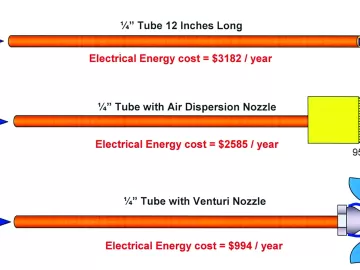A View From Europe. Challenge Convention: Compressor Management Systems Applied in the Automotive Industry
“First there are the old conventions. The majority of compressor houses still employ fixed speed compressors and a cascaded pressure switch control system. This arrangement will be familiar to many, but it is outdated and inefficient, and needs to be changed. There is a comfort factor with familiar technology, which is exacerbated by constant time pressure due to other day-today responsibilities and a lack of information and good advice on what can be achieved.”












